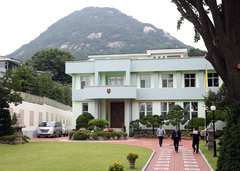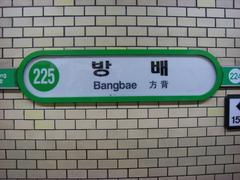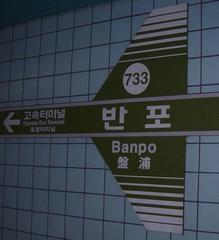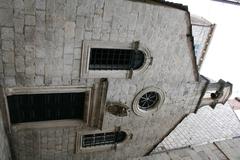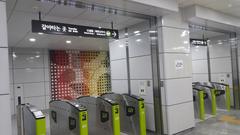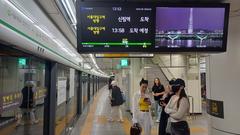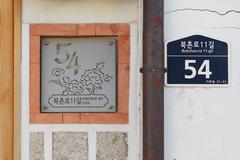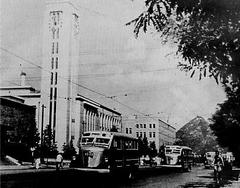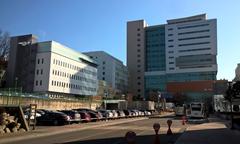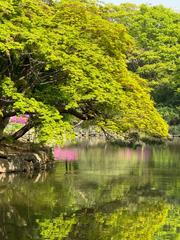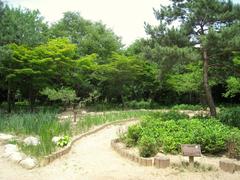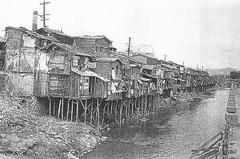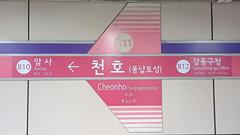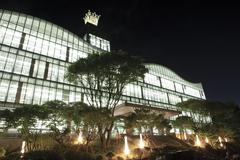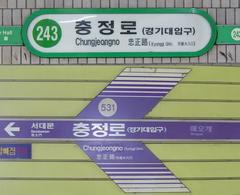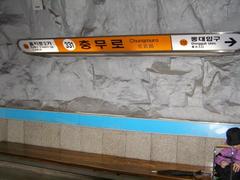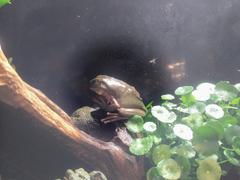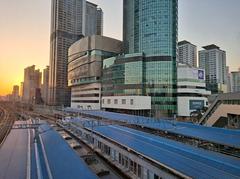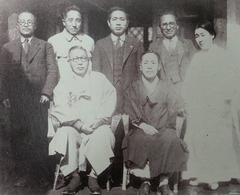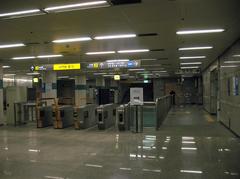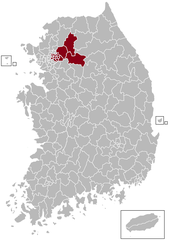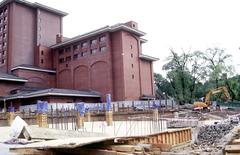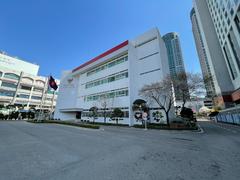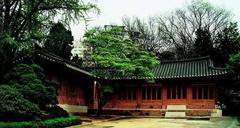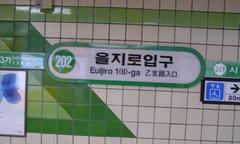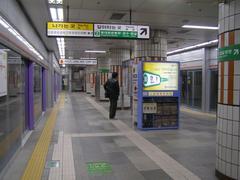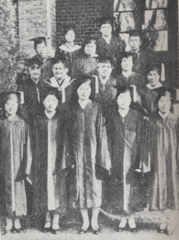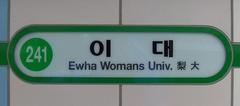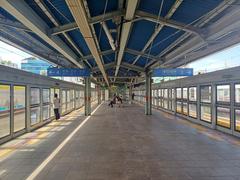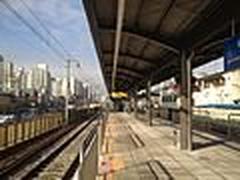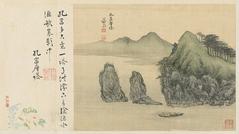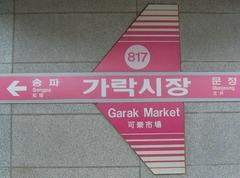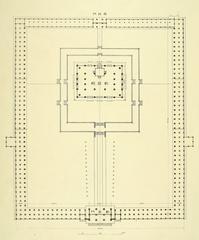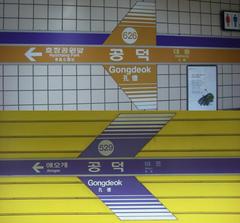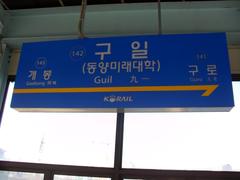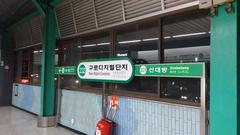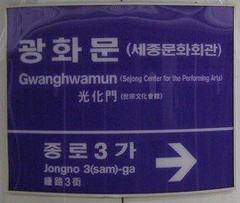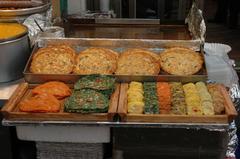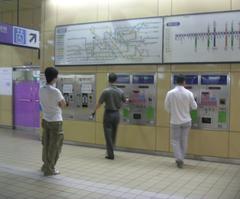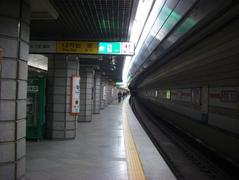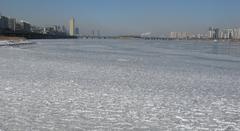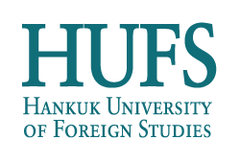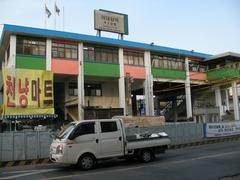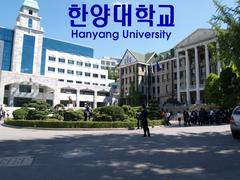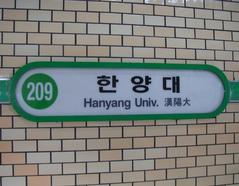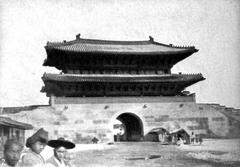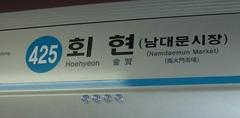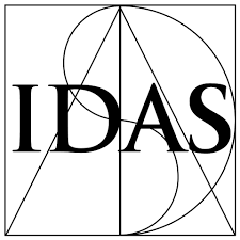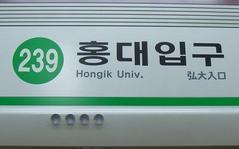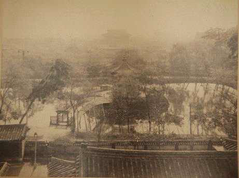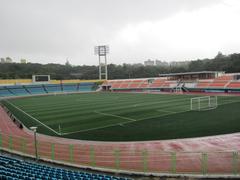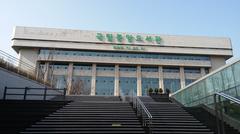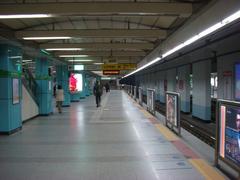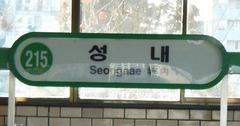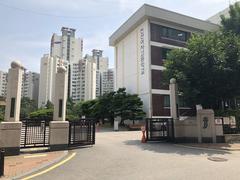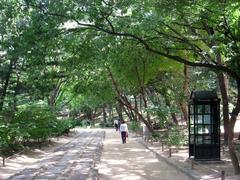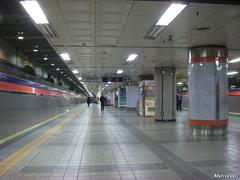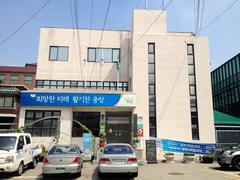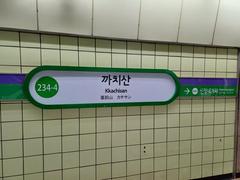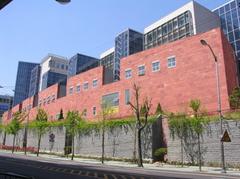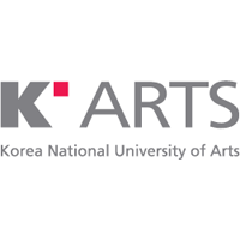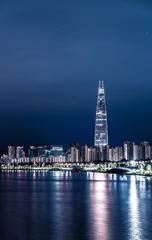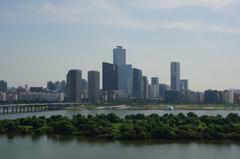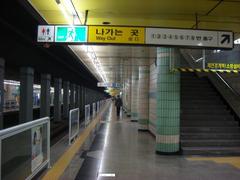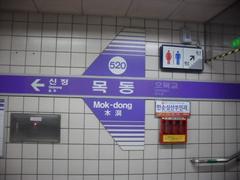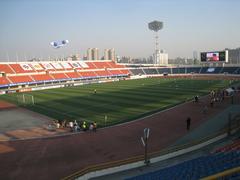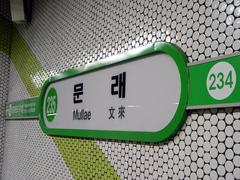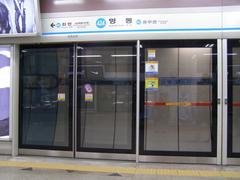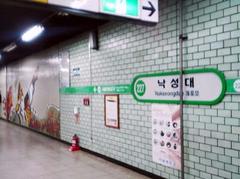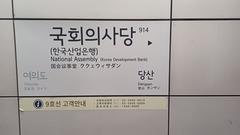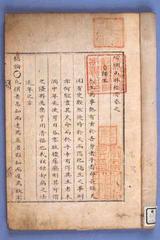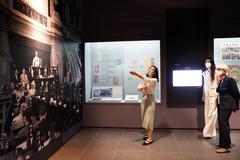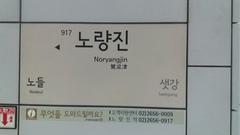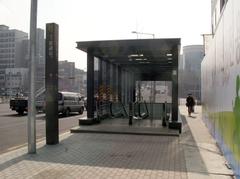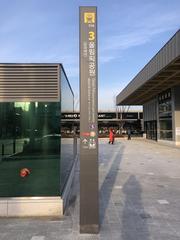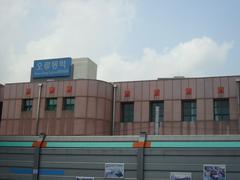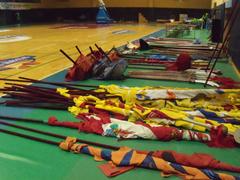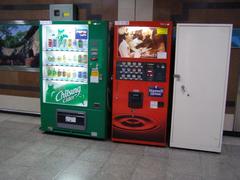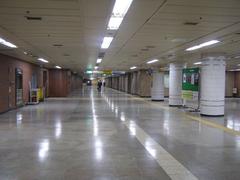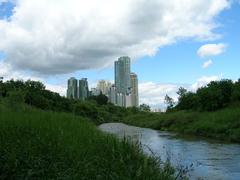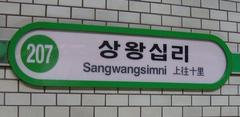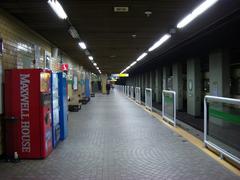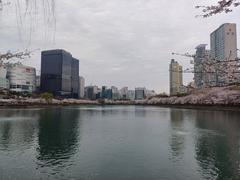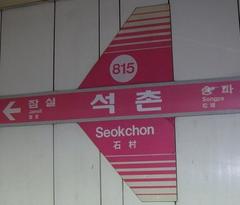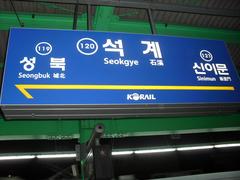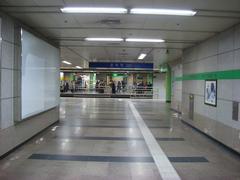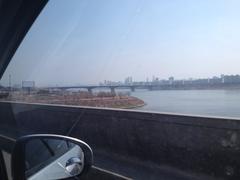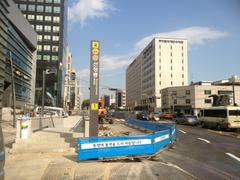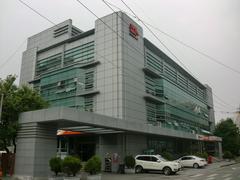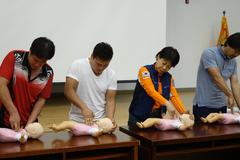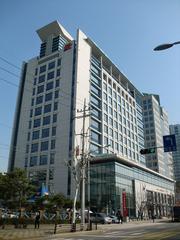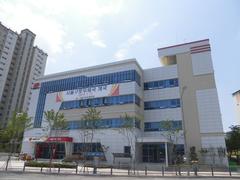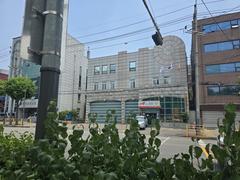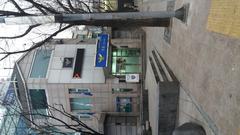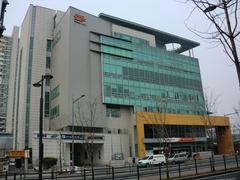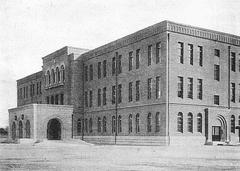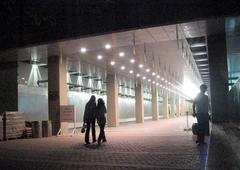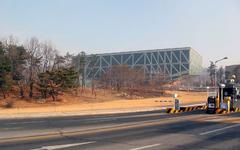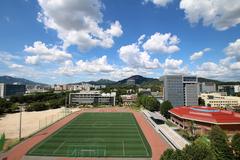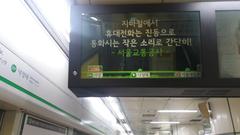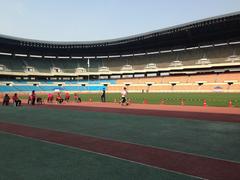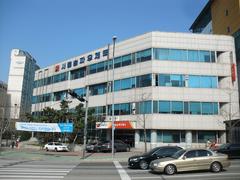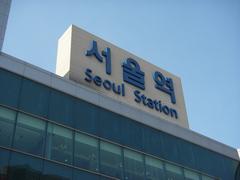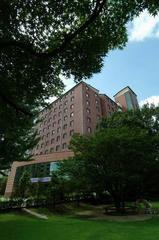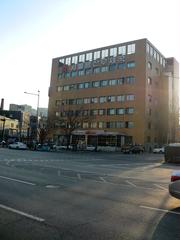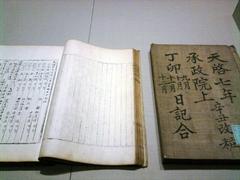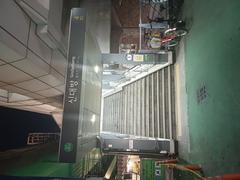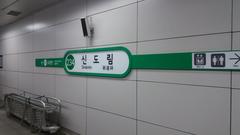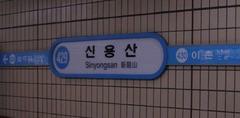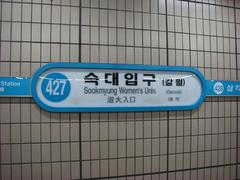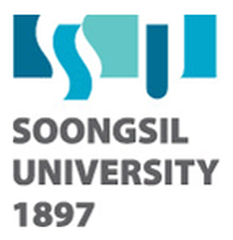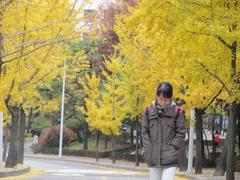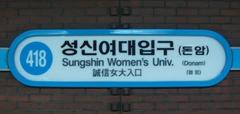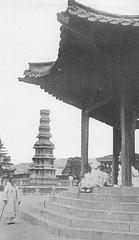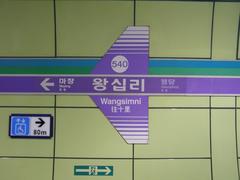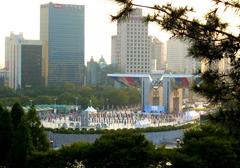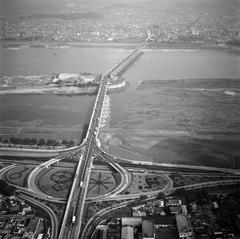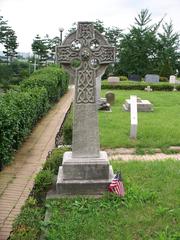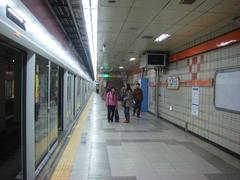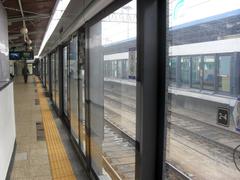백운동계곡 Visiting Hours, Tickets, and Historical Sites in Seoul, South Korea
Date: 24/07/2024
Introduction
Nestled in the serene environs of Sancheong County, Baegundonggyegok Valley, also known as Baegundong Valley, is a hidden gem in South Korea offering a unique blend of natural beauty, historical significance, and cultural richness. This picturesque valley is renowned for its pristine landscape featuring waterfalls, azaleas, and clear streams that provide a refreshing retreat from the bustling city life of Seoul. Historically, the valley served as a retreat for scholars and officials during the Joseon Dynasty (1392-1897), and it holds deep cultural and intellectual significance, being associated with renowned Confucian scholar Nammyung Jo Sik. Visitors can explore well-preserved historical landmarks, enjoy various outdoor activities, and immerse themselves in the rich cultural heritage of the area. This comprehensive guide covers essential aspects such as historical background, cultural and environmental significance, visiting hours, ticket prices, travel tips, and preservation efforts, ensuring an enriching and memorable visit to Baegundonggyegok Valley. To plan your visit and learn more, check out the official tourism website.
Table of Contents
- Introduction
- Historical Background
- Cultural Significance
- Natural Beauty and Environmental Significance
- Visitor Tips and Recommendations
- Nearby Attractions and Accessibility
- Preservation Efforts
- Conclusion
- FAQs
Historical Background
Baegundonggyegok Valley, located in Sancheong County, South Korea, is a site of immense historical and cultural significance. The valley is renowned for its natural beauty and historical landmarks, which have been preserved over centuries. The valley’s history is intertwined with the Joseon Dynasty, a period that lasted from 1392 to 1897. During this era, the valley served as a retreat for scholars and officials who sought solace and inspiration from its serene environment.
The valley is also associated with the renowned Confucian scholar, Nammyung Jo Sik, who lived during the Joseon Dynasty. Nammyung Jo Sik was a prominent figure in Korean history, known for his contributions to Confucianism and his role in the intellectual and cultural development of the time. His presence in the valley has left a lasting legacy, making Baegundonggyegok a site of pilgrimage for those interested in Korean history and philosophy.
Cultural Significance
Baegundonggyegok Valley is not just a natural wonder but also a cultural treasure. The valley is home to several historical sites and inscriptions that reflect the rich cultural heritage of Korea. One of the most notable features is the “Jeomjeong Rock,” a large stone with inscriptions that date back to the Joseon Dynasty. These inscriptions provide valuable insights into the thoughts and beliefs of the people who lived during that time.
The valley is also famous for its waterfalls, such as the Baeunpokpo and Odampokpo Waterfalls. These natural features have been celebrated in Korean literature and art, symbolizing purity and tranquility. The Deungcheondae area, where the letters “Yeongnamjeilcheonsok” are carved, is another significant site. This inscription, which translates to “the best stone in Yeongnam,” highlights the valley’s importance in Korean culture.
Natural Beauty and Environmental Significance
Baegundonggyegok Valley is renowned for its pristine natural environment. The valley stretches for almost 6 kilometers, with water flowing over rocks and creating over twenty large and small waterfalls and lakes. The area is adorned with azaleas in the spring, adding to its picturesque beauty. The valley’s clean and well-maintained environment attracts numerous tourists, especially during the summer when the cool waters provide a refreshing escape from the heat.
The valley’s unique geological features, such as the large stones washed with sunbeams and the strong current of water, make it a fascinating destination for nature enthusiasts. The preservation of the natural environment is a priority, ensuring that the valley remains a haven for wildlife and a place of tranquility for visitors.
Visitor Tips and Recommendations
For those planning to visit Baegundonggyegok Valley, here are several tips to ensure a memorable experience:
-
Best Time to Visit - The valley is beautiful year-round, but the best times to visit are during the spring and summer. In spring, the azaleas are in full bloom, creating a stunning landscape. In summer, the cool waters of the valley provide a refreshing retreat from the heat.
-
Visiting Hours and Tickets - The valley is open to visitors from 9 AM to 6 PM daily. There is no entrance fee, making it an affordable destination for all.
-
Access and Transportation - The valley is located in Sancheong County, which is accessible by car or public transportation. Visitors can take a bus from Seoul to Sancheong and then a local bus or taxi to the valley. It is advisable to check the road conditions, as some parts of the route may be narrow and challenging to navigate.
-
Accommodation - There are several accommodation options near the valley, ranging from traditional Korean guesthouses (hanok) to modern hotels. Staying in a hanok can provide a unique cultural experience, allowing visitors to immerse themselves in the local traditions and lifestyle.
-
Activities - The valley offers a range of activities for visitors. Hiking and trekking are popular, with several trails leading to different parts of the valley. The waterfalls and lakes are perfect for picnics and relaxation. For those interested in history, exploring the inscriptions and historical sites can be a rewarding experience.
-
Local Cuisine - Visitors should not miss the opportunity to try the local cuisine. The region is known for its fresh and delicious food, including dishes made from locally sourced ingredients. One popular dish is the “흑돼지소라찜” (black pork and conch stew), which can be enjoyed at local restaurants.
Nearby Attractions and Accessibility
While visiting Baegundonggyegok Valley, tourists can also explore nearby attractions such as the Jirisan National Park, one of South Korea’s most famous national parks, known for its hiking trails and stunning views. The valley’s accessibility and proximity to other attractions make it an ideal destination for a multi-day trip.
Preservation Efforts
The preservation of Baegundonggyegok Valley is a collaborative effort between local authorities and environmental organizations. The valley’s clean and well-maintained environment is a testament to these efforts. Regular clean-up drives and environmental awareness programs are conducted to ensure that the valley remains a pristine natural habitat.
The local community plays a crucial role in these preservation efforts. Residents are actively involved in maintaining the valley’s cleanliness and promoting sustainable tourism practices. This community-driven approach has been instrumental in preserving the valley’s natural beauty and cultural heritage.
Conclusion
Baegundonggyegok Valley is a destination that offers a unique blend of natural beauty, historical significance, and cultural richness. Its serene environment, coupled with its historical landmarks and inscriptions, makes it a must-visit for anyone interested in exploring the rich heritage of South Korea. By following the visitor tips and respecting the preservation efforts, tourists can ensure a memorable and enriching experience in this beautiful valley.
For more information on Baegundonggyegok Valley, you can visit the official tourism website and plan your trip accordingly.
FAQs
Q: What are the visiting hours for Baegundonggyegok Valley?
A: The valley is open to visitors from 9 AM to 6 PM daily.
Q: Is there an entrance fee for Baegundonggyegok Valley?
A: No, there is no entrance fee to visit the valley.
Q: What is the best time to visit Baegundonggyegok Valley?
A: The best times to visit are during the spring and summer. In spring, the azaleas are in full bloom, and in summer, the cool waters provide a refreshing retreat from the heat.
Q: How can I get to Baegundonggyegok Valley from Seoul?
A: Visitors can take a bus from Seoul to Sancheong and then a local bus or taxi to the valley.
Q: Are there any accommodation options near Baegundonggyegok Valley?
A: Yes, there are several accommodation options, ranging from traditional Korean guesthouses (hanok) to modern hotels.
Call to Action
For more updates and information, download our mobile app Audiala, check out other related posts, or follow us on social media. Enjoy your visit to Baegundonggyegok Valley!
